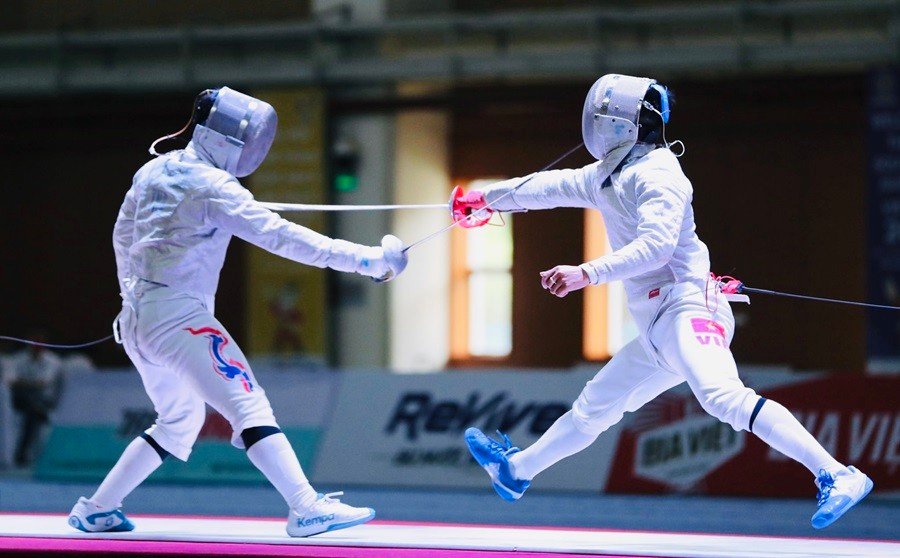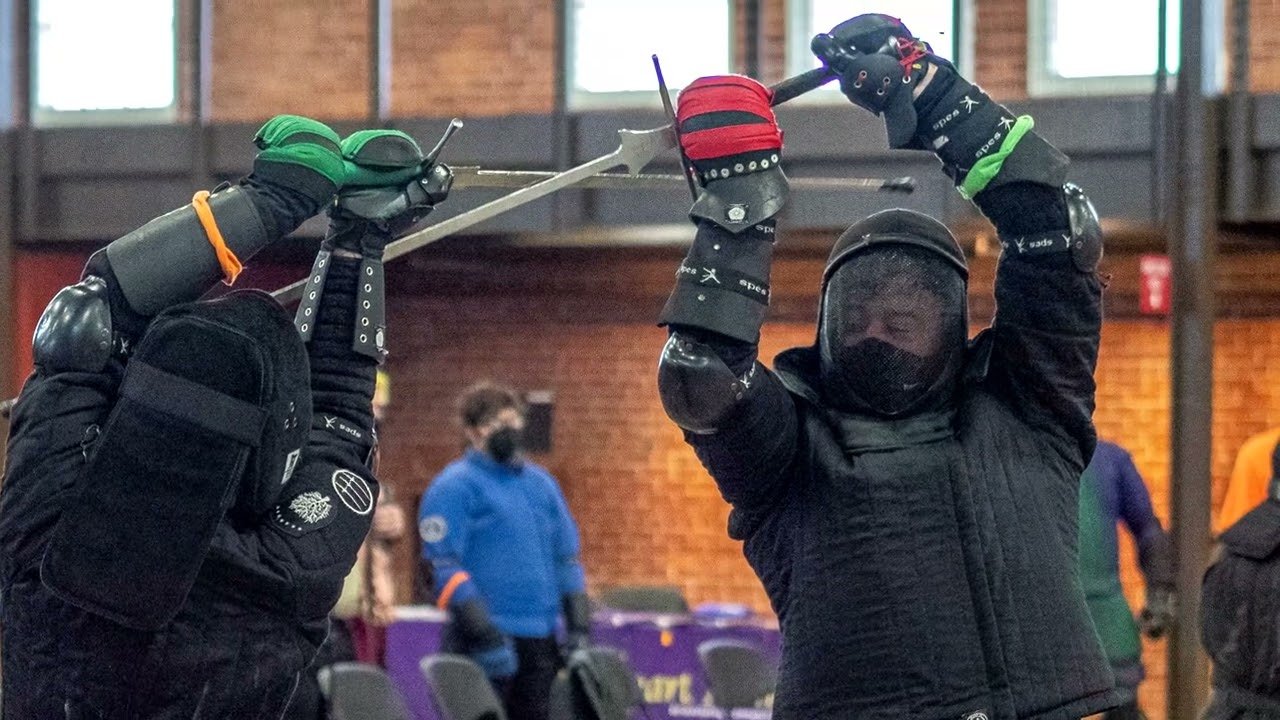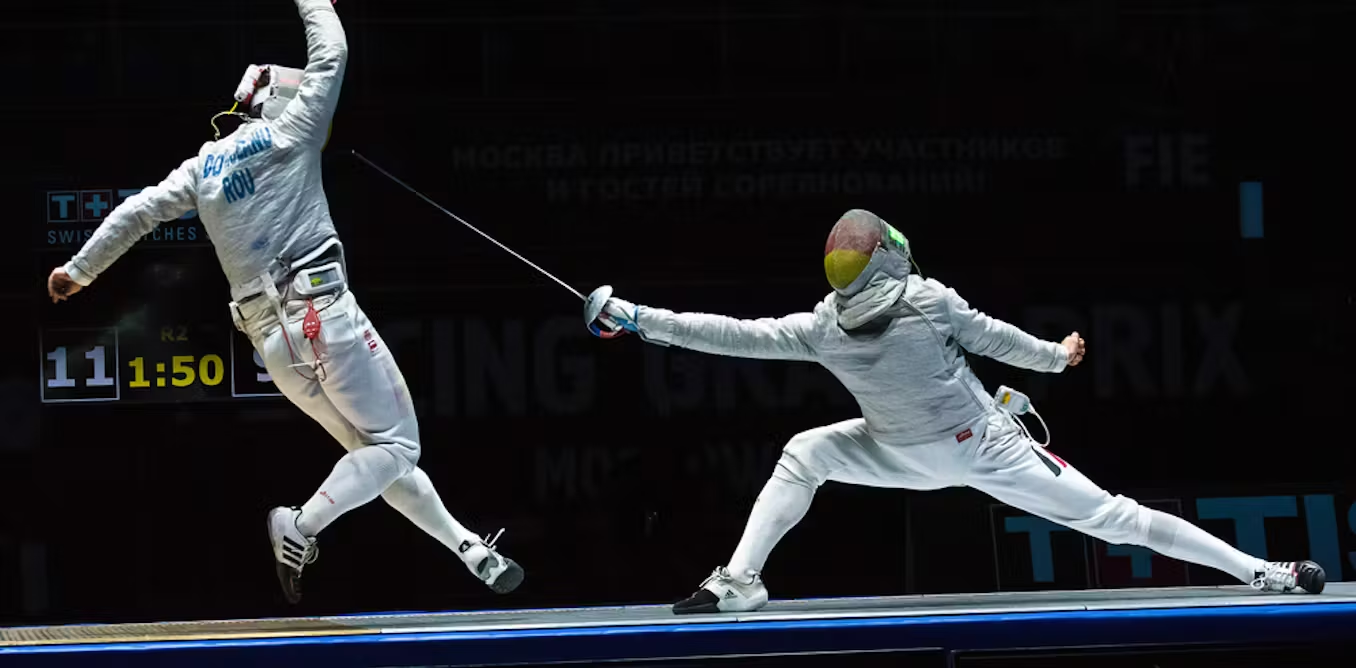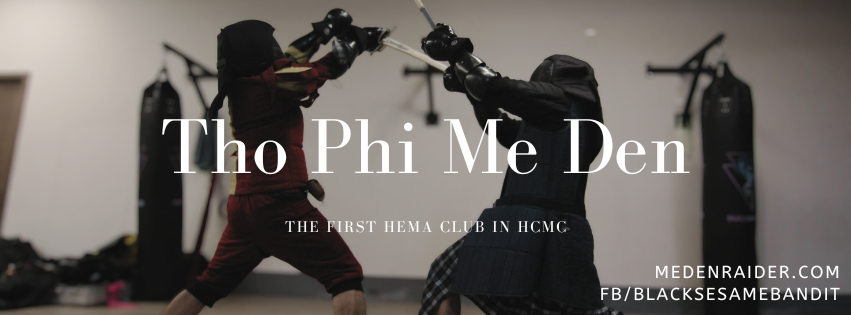HEMA or sometimes called “Historical Fencing” is still somewhat a stranger to the public. Whereas the other type of fencing – Olympic Fencing has been known worldwide for a long time. A question arises: are the two types of fencing similar? If not then what makes them different from one another? What should we practice?


Clothing and protective gears
One major difference lies in the clothing used in both HEMA and Olympic Fencing. In Olympic Fencing, there is a set of standardized equipment with minor differences based on the types of sword competing. This is because the equipment is attached to an electrical scoring system, which needs to be very sensitive to assure fair judgments in competitive environment like the Olympics. The clothing and protective gears are also light in weight and does not restrict movements.
On the contrary, HEMA clothing tends to vary a lot based on the type of weapons used, the context being utilized (armored fencing, unarmored fencing, or mounted fencing), and the tradition that the practitioner follows, but generally it will be more clumsy and and rigid than the Olympic counterpart, because there are thick paddings to ensure safety. In summary, there are numerous options to choose: you can have light jacket and gears for smaller weapons, or perhaps you want to look like the 16th century Landsknecht with those puffy clothing, or maybe you are broke and decided that motorcycle armored is enough. In the end, there is little to no restriction to HEMA clothing and gears.


Weapons
In Olympic Fencing, there are only three types of sword used for competing: The Foil, the Épée, and the Sabre.
On the other hand, HEMA offers a variety of weapons, from two-handed like the longsword and Kriegmesser to one handed like the arming sword, sidesword, rapier, or even polearms like the halbert and spear. In addition, they differ from each historical era and tradition.
Combat arena
In Olympics fencing, the two fencer competes on a long rectangular arena. Therefore, most of the movements are linear, with the two fencers stepping back and forth. Because of this, the two fencers have to face their opponent directly, and they have to be really careful when striking.
While in HEMA, the area is usually circular, and usually the fencer tries to strike the opponent with an offline-step or side step to get around their opponent’s guard. This is also to better illustrate realisitc combat area and movement.
Mindset – how to approach each
Olympics fencers score points by hitting the opponent first in the valid target area. Because of that, precision and speed are the priority of the sport. Moreover, it has a defined and universal ruleset, with safety and sportmanship in mind. That is why the equipment and protection of Olympic Fencing is typically light and thin, which allows the fencers to fully engage in the sport without risk of serious injuries.
However, with HEMA, that’s another story. As HEMA aims to reenact historical combat in the most realistic ways possible: bring down your opponent while also keeping yourself alive, the fencers have to be aware of being hit. Therefore HEMA fencers usually take on a more defensive approach: to attack the opponent while avoid/parrying their attack at the same time. Regarding this, HEMA also does not have any universal ruleset. Some competitions allow doubling, some does not, some allow afterblow but only the second time, etc.
Sportmanship and Athletics
Olympics Fencing requires the constant engagement of the mind and body. It emphasizes on speed, agility, and the burst of energy in a short time.
HEMA fencing favors strength and athletics to control the weapon and to move in heavy armors. Defense and dodging are usually utilized more, attacks are only made when there is a clear opportunity created by either fencers.
Both HEMA and Olympics fencing requires cardiovascular exercises and also strength/muscle training if the fencer wants to be better.
Can the two be combined?
According to one of our member, practicing both Olympics Fencing and HEMA at the same time can be beneficial, as you will experience both martial art and sport in an all-round manner. It allows one to discover different aspects of swordmanship and weapon combat. The most important thing to keep in mind is that the techniques and strategies utilized in Olympics Fencing and HEMA can be vastly different. Therefore, adjustments are needed so that one can advance in both types of fencing.
“Alright then what should I choose to practice? Olympics Fencing or HEMA?” Well, the answer is pretty simple: whatever you like! If you’re an athlete that wants to engage in sportlike activities, go for fencing! If you’re amazed by swords fighting from your favorite movies or video games, HEMA is absolutely the right place to go, or you just want to master all forms of fencing out there – do both. There is nothing stopping you! Just remember to practice safely and under observation of an instructor. Now, pick up the sword, En Garde, and Fence!







